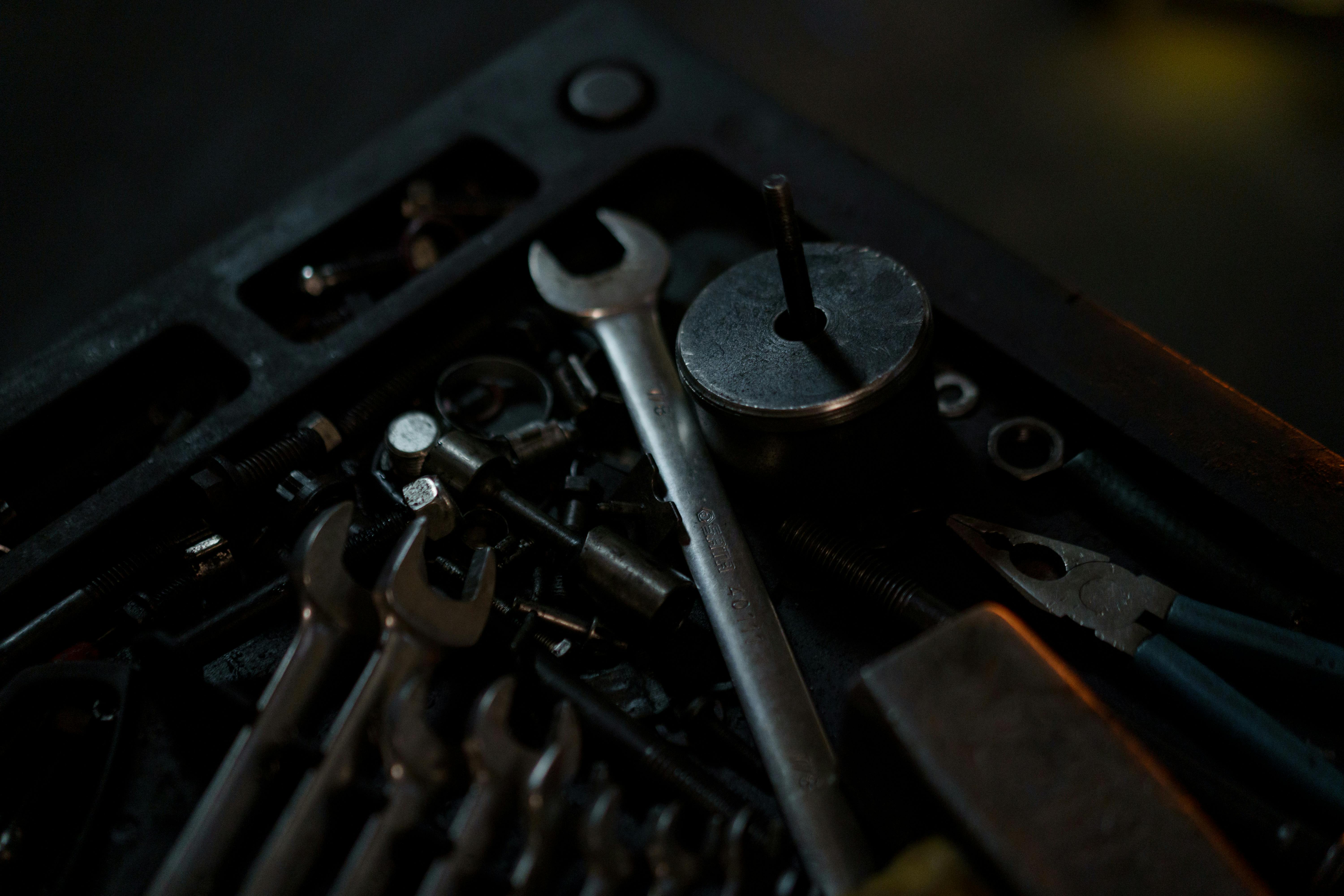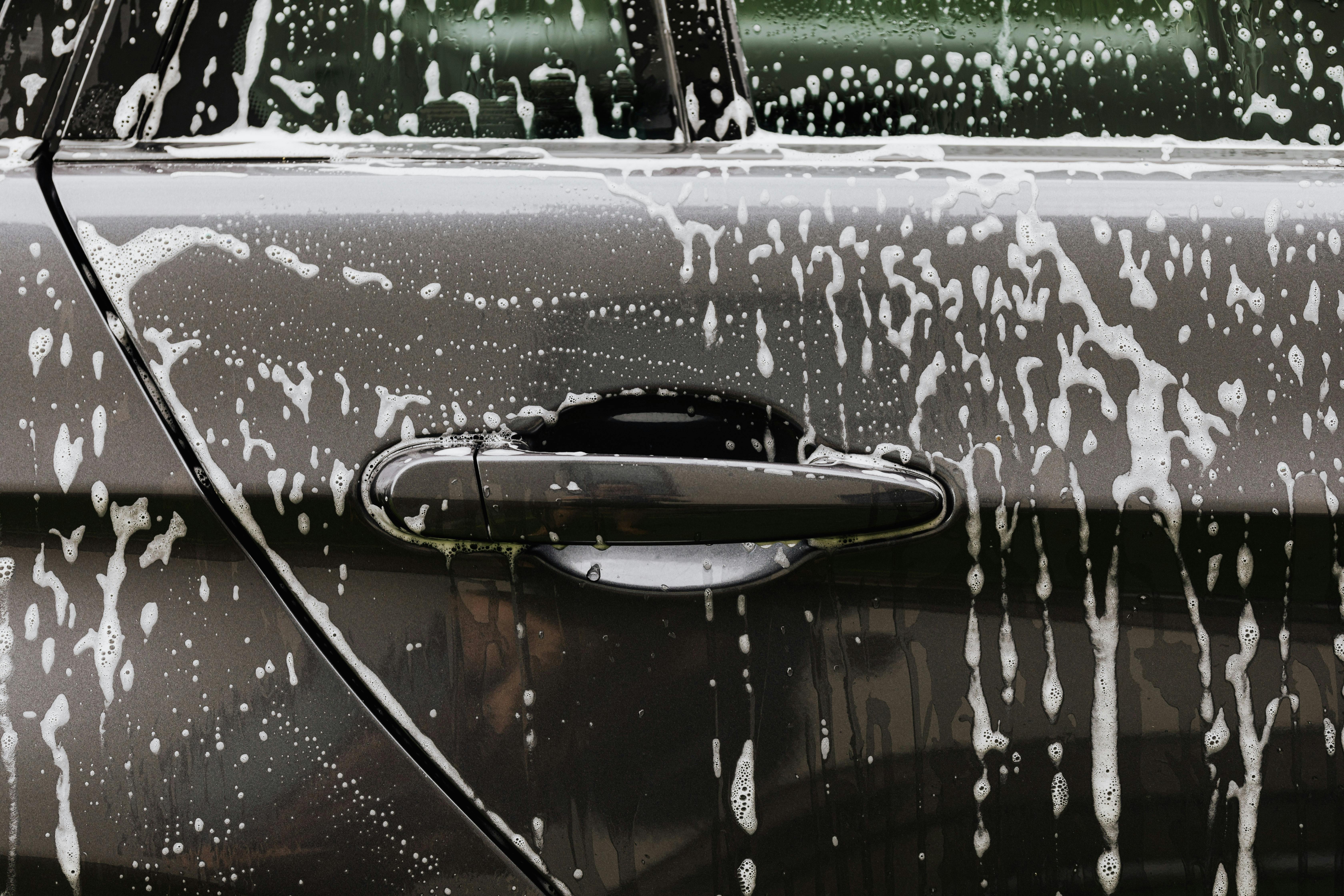Before the introduction of laser scanners in 1998, architectural firms relied on traditional surveying methods that had two corollary drawbacks: they were time-consuming and expensive, often delayed start dates, and exceeded survey budgets. But with laser scanners came the ability to complete what were once multi-day surveys in as little as one survey session, and a reduction in survey costs due to less surveyor involvement and the elimination of 2D drawings and 3D. The reduced involvement of surveyors and the elimination of drawing were achieved in the same way: the ability to translate scan data from a scanner into three types of computer data models containing various subtypes: polygon mesh, surface, and CAD.
Data models used for architectural laser surveying
All three data expressions produced by 3D scanning have broad applications in architecture, beginning with the conceptual phase for construction projects and ending with final installations. Depending on the project, architects can use just one type of expression or use all three types together.
1. Polygon mesh model
Because of their ability for essentially non-editable data to reflect evolving design intent, Polygon mesh models are often used by architects creating original buildings that feature organic or artistic forms for visualization purposes, but are also useful in the early stages of construction. more traditional projects. Polygon mesh varieties are almost always used in conjunction with other types of models.
2. Surface model
Due to their editable surface, surface models are also useful for projects that feature organic and artistic forms, allowing architects to model them in relation to their surrounding environment and to the other elements of a building. Most original construction projects involve some degree of surface modeling.
3.CAD model
CAD models, also known as CAD solids, can be edited on their surface and also in terms of design intent, a valuable feature for the completion of various aspects of building design, from solariums to boiler rooms. CADs are also valuable for developing planned building presentations, such as fly-by video presentations and interior decoration modeling.
Other Uses for Architectural Laser Surveying
In addition to helping architects create buildings from scratch, high-tech surveying also has some practical applications for the architectural maintenance process, such as: reshaping the surrounding terrain, building safety improvements, environmental metrics for analysis and modelling, and isolating areas needed for building repairs, such as roof and facade damage. Whatever your application, architectural laser surveying offers the same benefits to every user: a shortened survey process, lower survey cost, and supreme survey data flexibility. To learn more about the benefits of scanning in architectural planning and maintenance processes, contact an architectural scanning service provider today.



